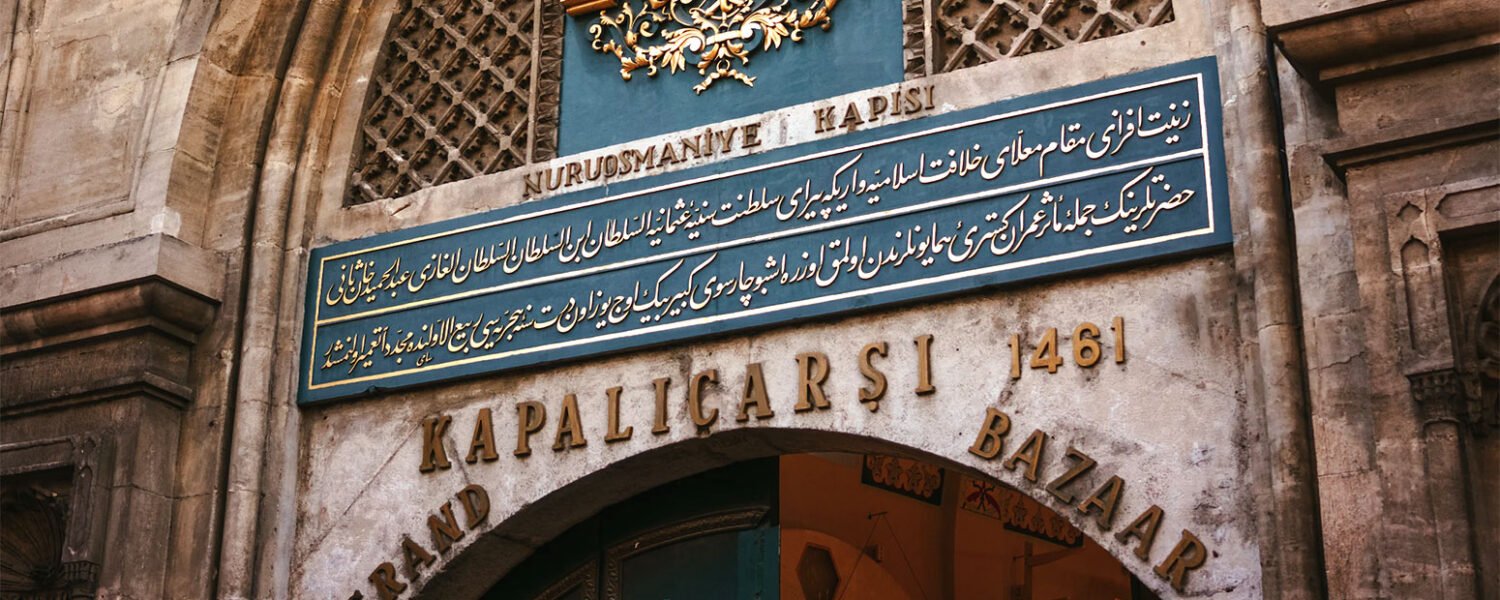The Grand Bazaar is an exquisite haven of commerce and culture that has withstood the test of time for centuries. This bustling market is not just a mere shopping center; it embodies Istanbul’s rich past and plays a vital role in Turkish culture.
Located between Nuruosmaniye, Mercan, and Beyazıt, the Grand Bazaar, also known as Kapalıçarşı, was brought to life through the ambitious visions of two Ottoman sultans: Sultan Mehmed the Conqueror and Sultan Suleiman the Magnificent. Shortly after the Ottomans took control of Constantinople in 1453, construction on this remarkable marketplace began. Under Sultan Suleiman’s rule during the 16th century, the bazaar underwent significant expansion.



Throughout its long history, the Grand Bazaar has endured earthquakes, fires, and political upheavals. Yet it has always managed to rebuild itself and thrive.
Stepping into the Grand Bazaar is an immersive experience that captivates all your senses. Its intricate passageways house over 4,000 stores spread across 61 covered alleyways. The architecture is simply fascinating: vaults and arches intermingle with exquisite tiles, while lofty domed ceilings showcase Byzantine and Ottoman influences. The grandeur extends beyond its walls, with captivating gates encircling this magnificent market. Each section within offers a unique array of products, ranging from elegant Turkish rugs and jewelry to fragrant spices and handcrafted pottery. Additionally, the bazaar is renowned for its restaurants, cafés, and tea houses that serve delightful regional specialties.
What is the size of the Grand Bazaar?
Can you negotiate prices at the Grand Bazaar?
What kinds of products can be found at the Grand Bazaar?
How much does shopping at the Grand Bazaar cost?
Cover photos (retouched) by Igor Sporynin and Mathias Reding

